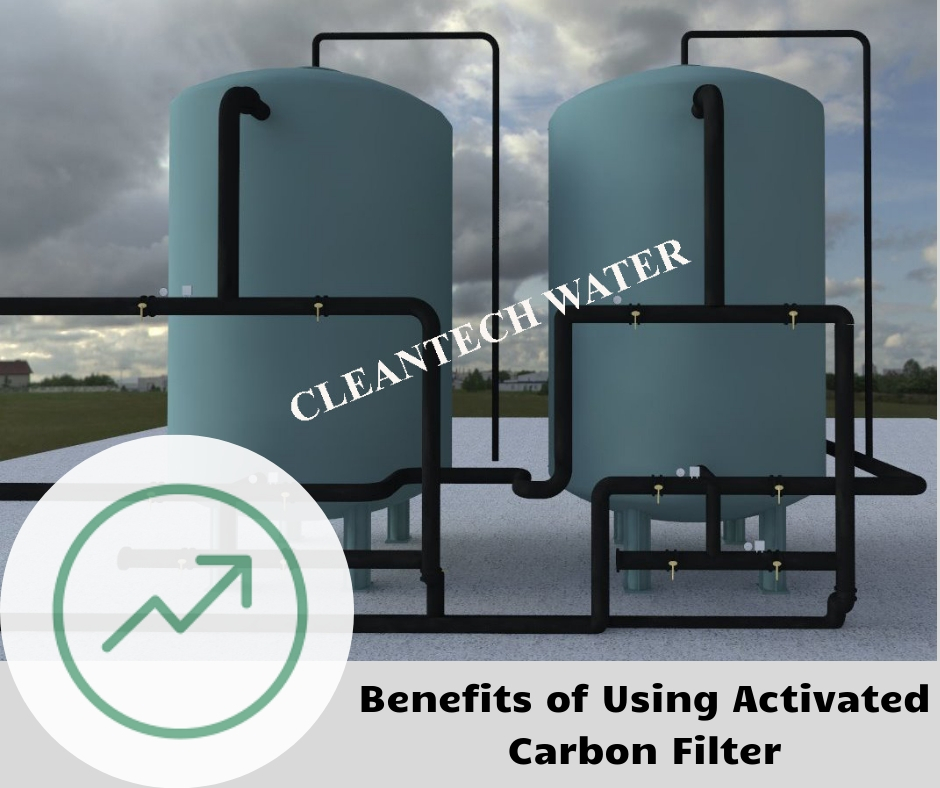Sewage Treatment
The process of removing contaminants from municipal waste-water is known as sewage treatment. Various processes such as physical, biological and chemical processes are used in the treatment. It is also referred to as waste-water treatment.
The municipal waste-water includes waste liquid from households and industries. This waste is treated with a purpose to cause less harm to the environment in which it is discharged.
Sewage treatment usually involves three segments – Primary, Secondary, and Tertiary Treatments. Primary treatment involves the sedimentation process to remove contaminants. Secondary treatment uses the biological process to treat the settled sewage, while the tertiary process is the final stage which improves the quality of the effluent. This stage is also termed as the ‘effluent polishing stage’.
Use of Activated Carbon Filter in Sewage Treatment – Tertiary Stage
Activated carbon filter process basically absorbs unwanted contaminants from waste-water. Activated carbon is initially treated with oxygen. This helps the charcoal open up millions of tiny pores. Activated carbon is highly effective when it comes to absorption of contaminants from water.
Filtration process includes activated carbon to remove the residual contaminants from sewage waste. Carbon absorbs micropollutants such as chlorine, methane, organic compounds, and even the taste and odor from water.
Activated carbon filter removes chlorine from wastewater. It has a large surface area, which makes it highly effective in absorbing contaminants from wastewater. The chlorine removal process fills the wide pores of the carbon. Hence, impurities are removed. Activated carbon needs replacement as its capacity to work reduces gradually. This process involves a low operating cost.
Carbon in the activated carbon filter process also absorbs organic compounds. The capacity of this process will depend on the physical properties of the surface area of the activated carbon, the amount of hydrogen and oxygen contains, the concentration level of the impurities, duration of the treatment, and of course the pH level of the water used.
Activated carbon filter process can also be used as a pre-treatment in other waste treatment processes. These include ion exchange resins and the reverse osmosis process. Micropollutants can be easily removed with this combination of activated carbon and ozonation. It also increases the life span of activated carbon filters.

Benefits of Using an Activated Carbon Filter
- Efficiency to absorb contaminants goes as high as 90%
- This filtration process is easy to operate
- Low maintenance
- Effectively removes chlorine, organics, bad taste, and odor
- Cost-effective – reduced installation cost
- Operating costs – limited to filter replacement
- Reliable and efficient
- Best to remove large organic molecules
- Can be used in households as well as at wastewater treatment plants
- The materials used here are easily available
Activated carbon filter process removes pollutants from water using the absorption process. It is a relatively low-cost operation which is highly effective in removing unwanted contaminants from waste-water. The best part of the process is that it can be produced easily anywhere in the world with only one drawback – filter wears out fast and needs replacement on a regular basis.
If you are looking for a sewage treatment plant in India, Cleantech Water has many products for wastewater treatment. Be sure to call us on +91-9558996411 for more information.

